Hunters' Guide to Conservation-Friendly Practices
Chosen Theme: Hunters’ Guide to Conservation-Friendly Practices. Step into a fieldcraft that protects what we love. This is a welcoming space for hunters who care deeply about wildlife, habitat, and tradition. Subscribe, share your stories, and help shape a future where ethical hunting and thriving ecosystems go hand in hand.
Ethics in the Field: Fair Chase, Respect, and Responsibility
Scouting with a Light Footprint
Minimize disturbance by glassing from distances, sticking to established paths, and timing your scouting to avoid crucial feeding or bedding periods. Share your low-impact tactics in the comments to inspire others.
Humane Shots and Swift Recovery
Commit to effective ranges and angles you have practiced extensively. A clean shot reduces suffering, prevents wounding loss, and honors the animal. Tell us how you train for ethical accuracy all season.
Leave No Trace, Leave It Better
Pack out brass, pick up old wire, and scatter natural materials over your camp footprint. A small effort today safeguards tomorrow’s hunt. What simple cleanup habits do you swear by?
Understanding Wildlife Populations and Seasons
Learn to read habitat limits, fawn recruitment, and winter survival trends. Those numbers tell stories that should guide tags, effort, and expectations. What local data sources inform your season plans?
Understanding Wildlife Populations and Seasons
Attend agency meetings, ask questions, and volunteer for surveys. Professionals welcome field observations from ethical hunters. Share a time your note or photo helped inform a management decision.
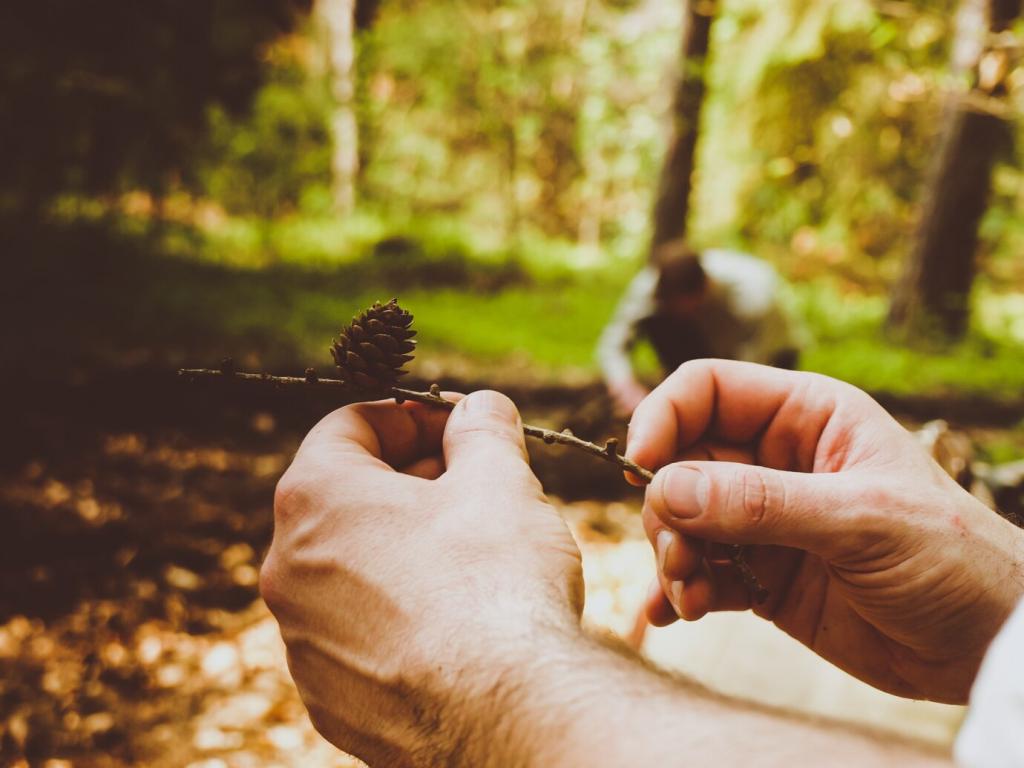

Habitat Stewardship: From Backyard Plots to Backcountry Projects

Choose native seed mixes, protect riparian buffers, and maintain small wildlife water sources. These actions improve resilience through drought and heat. What native species thrive in your region’s soils?
Gear Choices That Reduce Environmental Impact
Switching to copper bullets or steel shot helps scavengers like eagles avoid lead poisoning. Field-test patterns and expansion to ensure humane results. What non-lead loads have worked best for you?
Mentorship, Community, and the Culture of Care
Teaching the Next Generation
Introduce youth to land ethics, range safety, and biological basics before their first hunt. Curiosity grows into care. Tell us a mentorship story that changed someone’s outlook on wildlife.
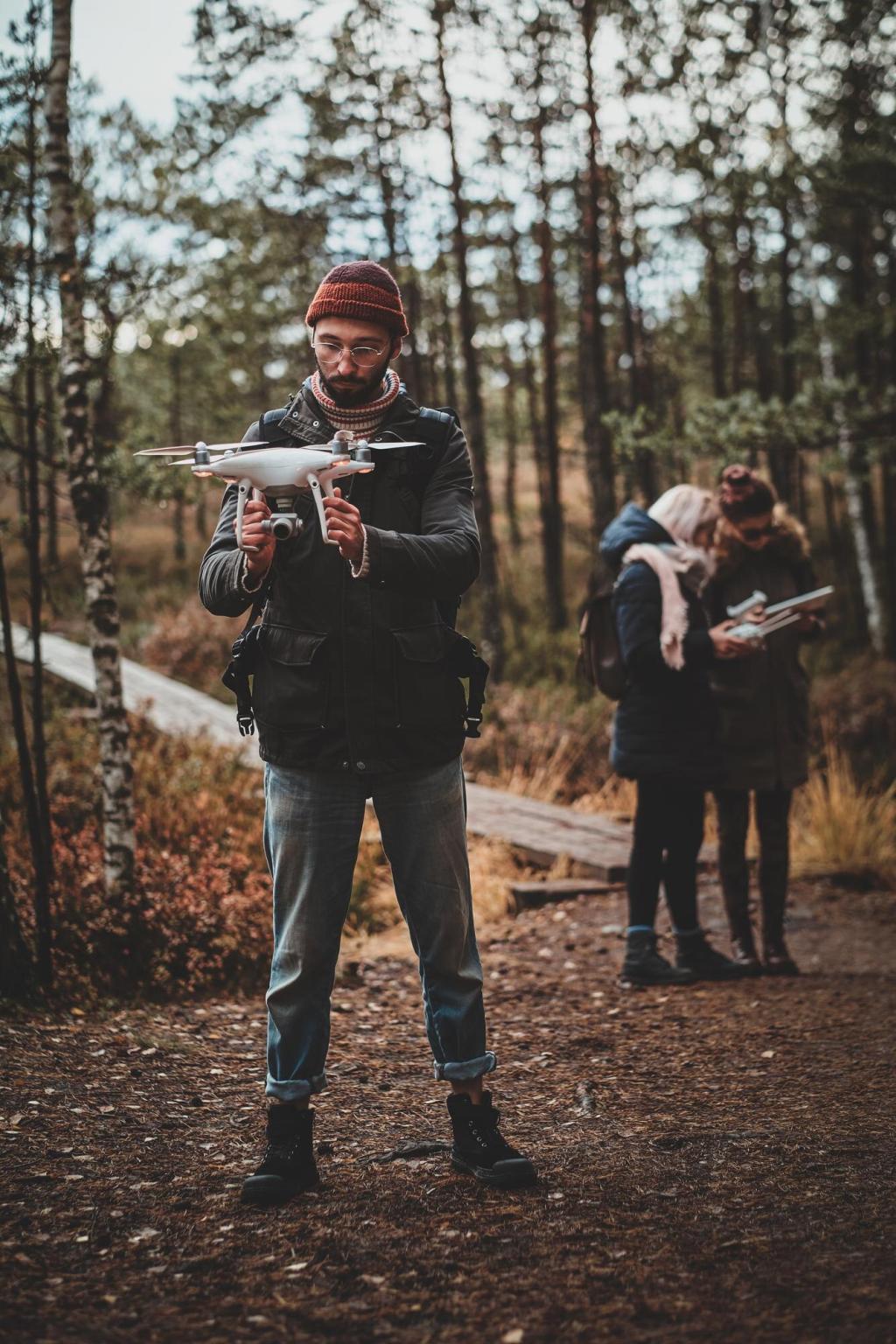
Safety, Access, and Coexistence
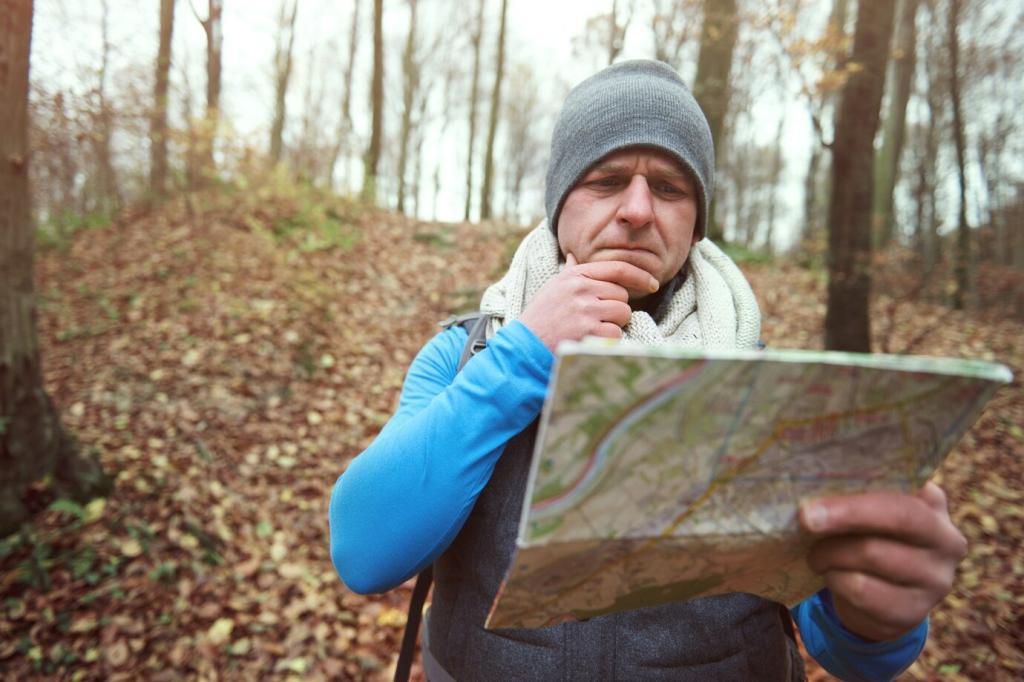
Respect for Boundaries and Signs
Study maps, verify permissions, and close every gate. A single trespass can cost an entire community access. What practices help you maintain flawless access etiquette every season?
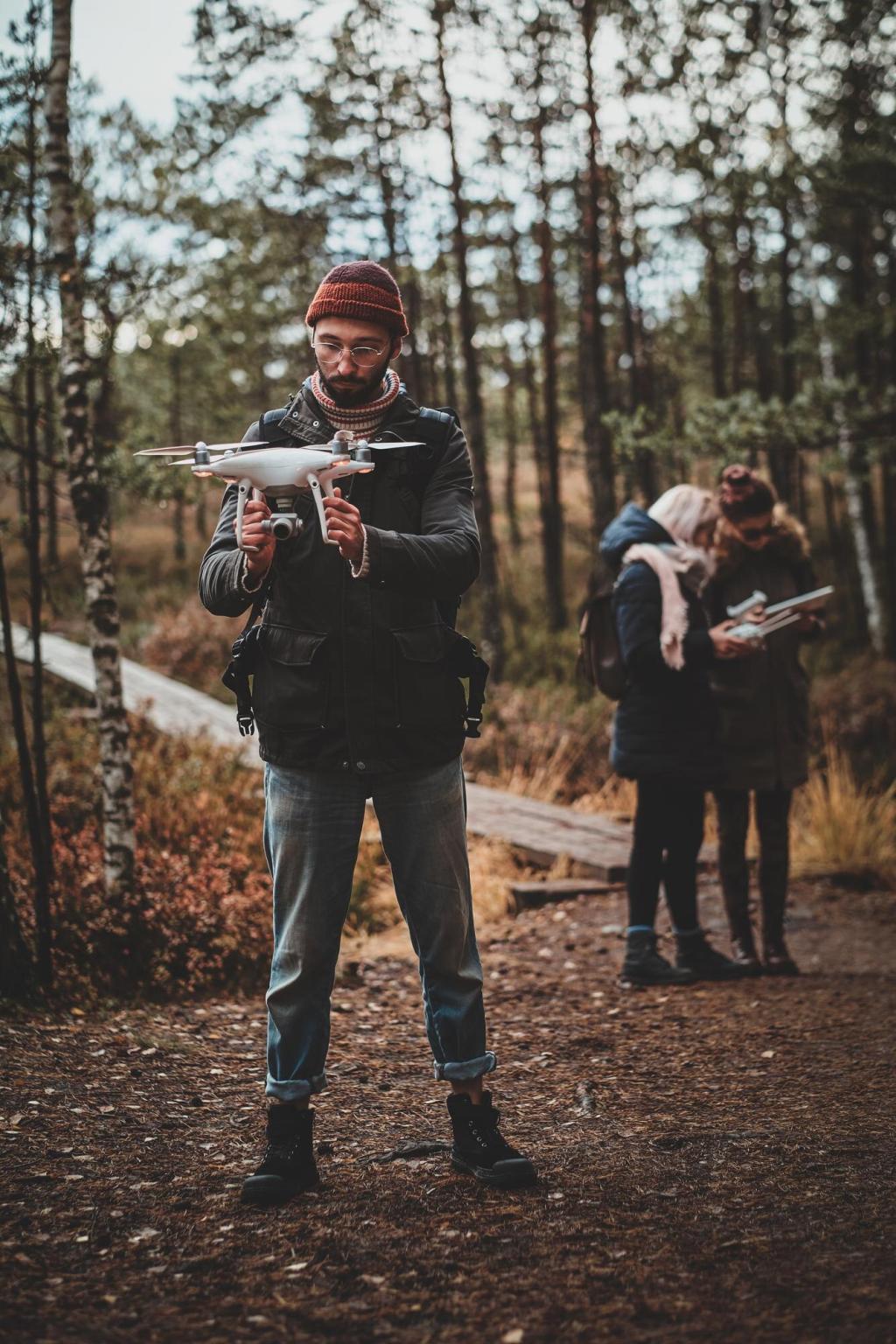
Predator Awareness and Food Storage
Use bear-safe containers, keep camp clean, and learn species-specific behavior. Coexistence protects wildlife and hunters. Share your best tactics for avoiding conflict in predator country.
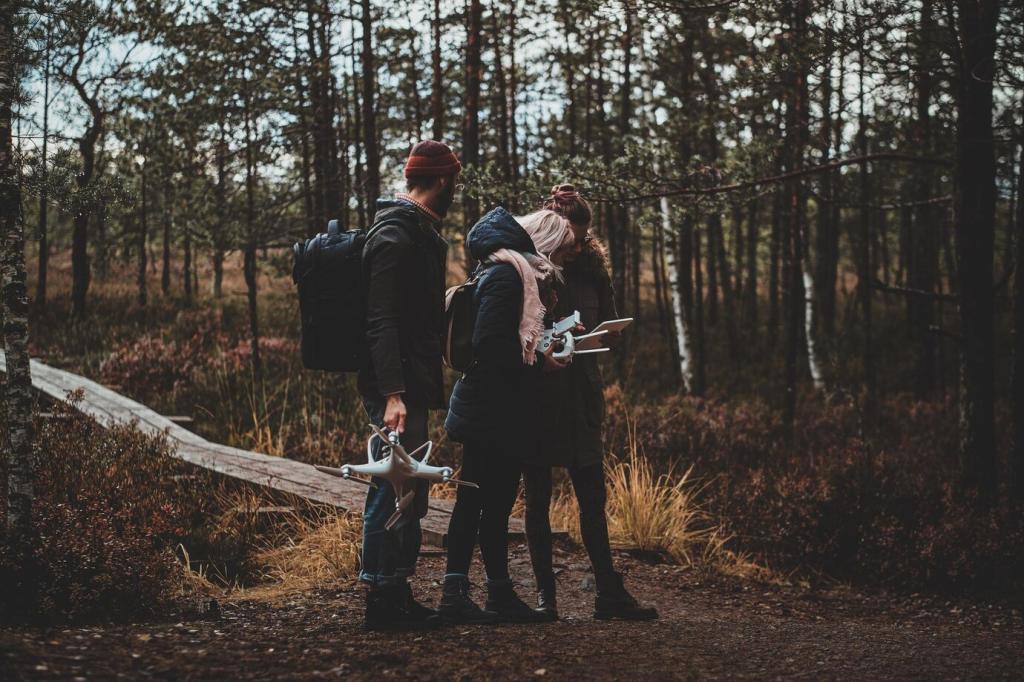
Timing Around Sensitive Periods
Adjust plans during calving, nesting, or harsh weather to avoid added stress. Patience today preserves populations tomorrow. How do you modify routes or schedules to protect vulnerable wildlife?
Smart Tech and Data for Better Conservation Decisions
Maps, Layers, and Habitat Clues
Leverage public land overlays, migration corridors, and slope aspects to plan ethical approaches. Better intel means fewer intrusive bumps. What mapping layers have transformed your preseason strategy?
Trail Cameras with Respect
Place cameras away from bedding sites, check them sparingly, and avoid crowding pressure points. Share anonymized observations with researchers. How do you balance intel gathering with animal welfare?
Citizen Science and Weather Awareness
Log sightings, report band numbers, and track storms that shape movement and stress. Your notes can improve management models. Which citizen science platforms do you contribute to and recommend?
